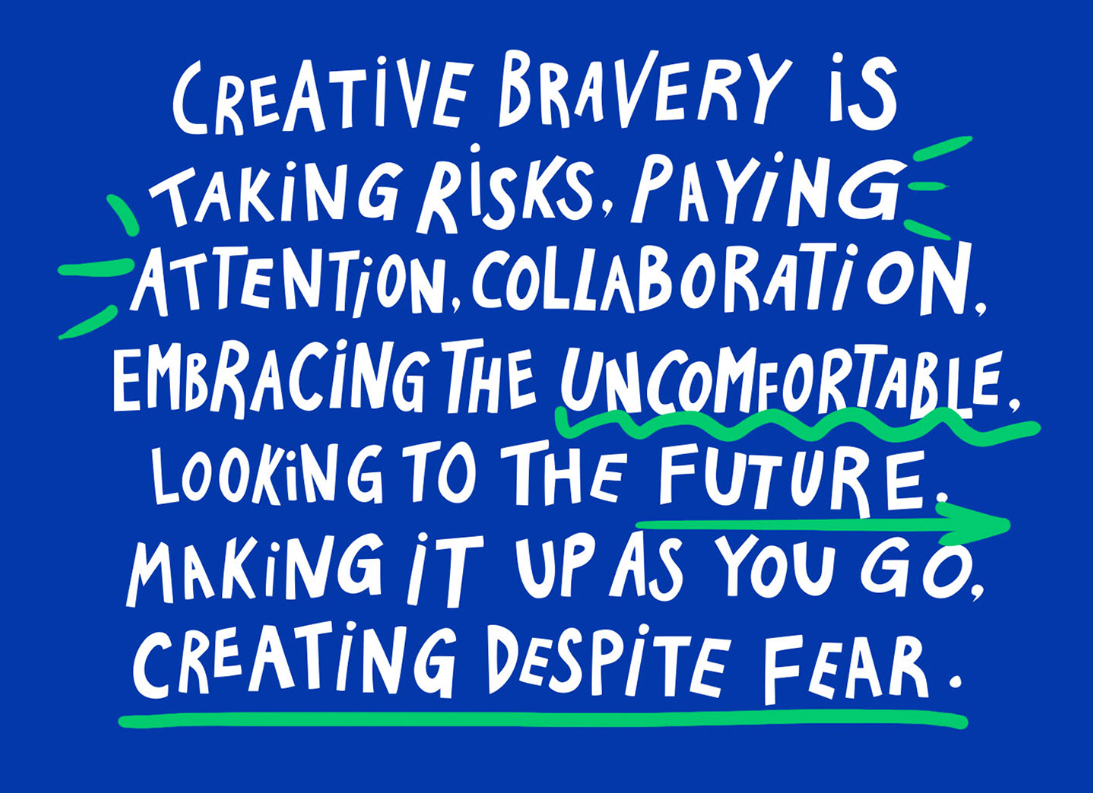As published in Ad Age
Recently, I saw an IAB b-to-b programmatic study that revealed nearly half of b-to-b marketers don’t even know what programmatic buying is. That’s a staggering gap compared to b-to-c marketers, among which 62% of marketers use programmatic.
What’s accounting for this gap between b-to-b and b-to-c marketers?
IAB rightly believes education will help, but I suggest there’s something more fundamental going on.
Beneath the “cool ad-tech veneer” lies a vast sea of ventures specifically designed to chase large consumer ad dollars, but in the process has left b-to-b advertisers in the ad-tech dust.
Here are the fundamental b-to-b gaps I see and what you can do to overcome them:
1. The great CPM/ CPA performance divide. Unlike b-to-c marketing, with well-organized branding/promotion/direct-marketing buckets, b-to-b campaigns are a more fluid mix of CPM and CPA goals, requiring tactics to be both thought leadership and demand generation.
Unfortunately, startups with their decided preference for CPM deals — where generating a click is much easier than a qualified lead — created this artificial CPM/CPA divide that b-to-b marketers have to live with. The result is that business marketers must patch together a crazy quilt of CPM ad buys, along with CPA programs requiring lots of coordination between uncoordinated platforms and networks — a challenge all around.
To combat this issue, pivot from tracking typical metrics like “clicks” or “likes” to KPIs like cost per visitor. Not all networks will play with you this way, but the quality “niche” networks will work with you to develop meaningful KPIs.
2. The confusing content marketing tech landscape is a kill joy. B-to-b revenue results rest on the back of hard-working content — technical documents, white papers, thought leadership publications, case studies, reviews, etc. — making b-to-b businesses far more reliant on content marketing than their b-to-c peers.
The problem is that content marketing, as a category, is a fragmented, operational nightmare. Content creation platforms are walled gardens from buying platforms, and social media is detached from targeting platforms. Throughout this chaos, data plays hit and miss trying to analyze these disjointed pieces. The complexity sucks much of the inspiration out of the process.
Salvation here means looking for operationally complete platforms that marry content-based data with ad-buying capabilities and an integrated set of analytics that normalize the learning between the user’s topic discovery steps to a qualified lead.
3. The b-to-b programmatic landscape is like blowing out a targeting candle with an impression hurricane. One word sums up this problem — scale. The ability to deliver “billions of impressions” for a campaign is not something b-to-b ever needs, unlike many consumer marketers. Yet programmatic’s brute, muscly impression-pushing machine grinds out any nuanced precision that is critical for b-to-b marketers.
Solving this issue requires some imagination for now until the programmatic system stabilizes (it is still in its infancy as platforms go). In the meantime, here are some stop gap measures:
- B-to-b should think of programmatic as the opportunity to automate optimization efforts, not as a way to uncover lower-cost CPM (though that might happen).
- Over time, header bidding, while not new in itself, will bring many niche publishers into the programmatic ecosystem relatively quickly. Keeping up-to-date on this trend can give b-to-b marketers new programmatic inventory that’s very targeted.
- Include “learning KPIs” in programs so that whether campaigns “win or lose,” the brand gains new learning to optimize the next round.
4. The fallacy of audience targeting for b-to-b. Regardless of the ad-tech platform, algorithmic targeting promises precision to deliver the right time/right place/right message benefit to advertisers.
Who can argue with that, until you start unpacking the core model for b-to-b, and then the gaps become plain as day.
The basic structure of most targeting technologies (allowing for some oversimplification) rests on a demo profile using basic attributes like gender, geo, education etc. This target is then enriched with external data (usually via DMPs) to add “precision” like keywords or device awareness or “interest categories” — a fairly broad set of classifications that all keywords are categorized under. Optimization occurs as the algorithm learns which profiles do the most clicking and continue to go find more of those high clicking profiles.
There’s a lot to love about this tech if you are a b-to-c marketer, but unfortunately this model falls apart at the outset for b-to-b and goes downhill from there.
To solve this gap, the key is to look for content tech players who are integrating topics with programmatic ad tech and sentiment analysis with social publishing. Context for b-to-b is the inverse of b-to-c. Topics come first and then selected demographics, such as geo.
The new age for ad tech seems to have left b-to-b marketers mired in an ecosystem that doesn’t fit them well. Yet, with $77 billion in digital media spend, b-to-b deserves some serious respect. Hey, Silicon Valley — are you listening?





